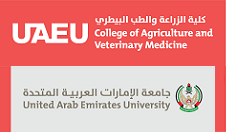pISSN: 2079-052X
eISSN: 2079-0538
Impact Factor: 1.1
(Journal Citation Reports®, 2023 Clarivate Analytics)
Published By

Please submit your article in the correct format through online submission system: https://pensoft.net/register.php
Please follow the guidelines given in this link: https://ejfa.pensoft.net/about#AuthorGuidelines
Publication Charges
Papers accepted for publication in EJFA are subject to article processing charges (APC) of 600 Euro. The charges are applicable for all manuscripts submitted after the 1st of January 2024.
The names and email addresses entered in this journal site will be used exclusively for the stated purposes of this journal and will not be made available for any other purpose or to any other party.
